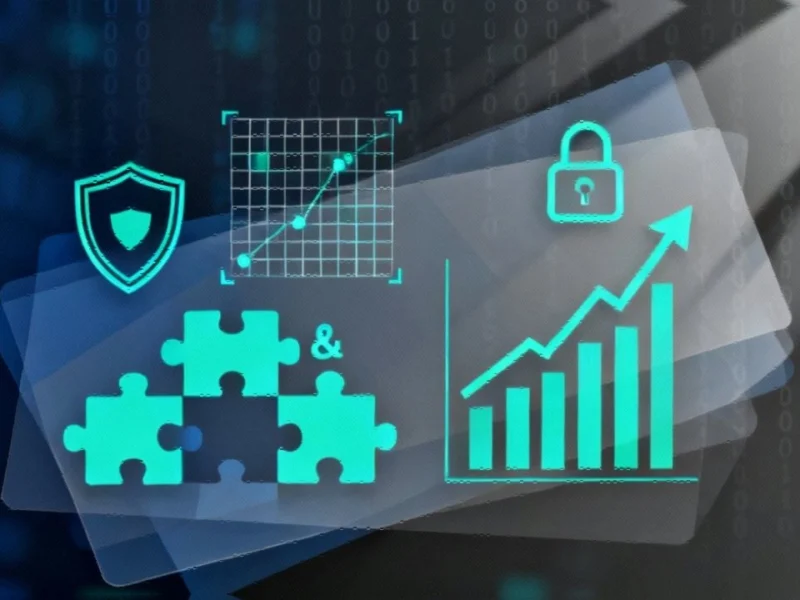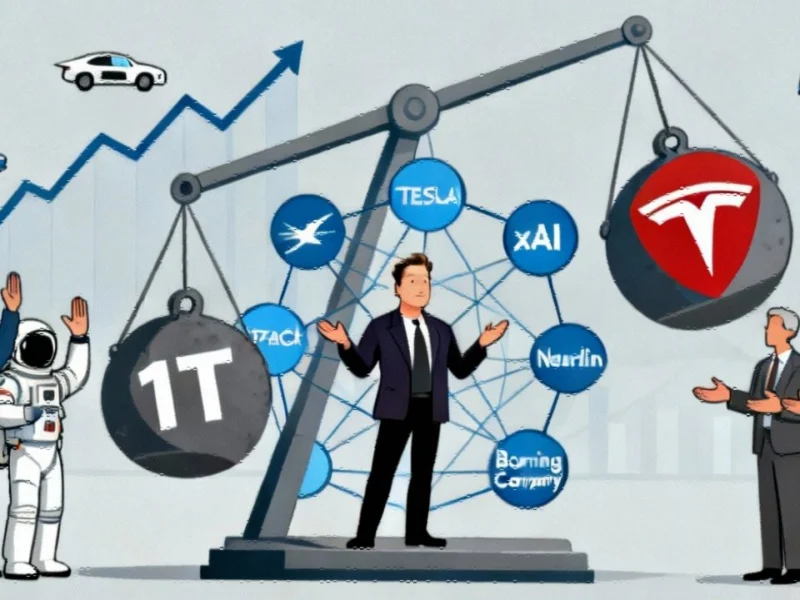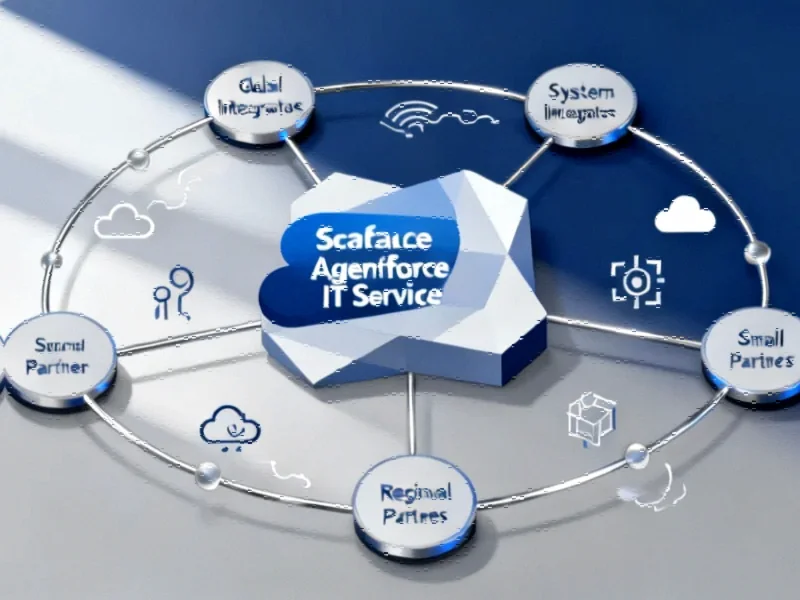Note: Featured image is for illustrative purposes only and does not represent any specific product, service, or entity mentioned in this article.
The Era of Cybersecurity Megadeals
The cybersecurity landscape is undergoing a seismic transformation in 2025, marked by unprecedented merger and acquisition activity that is fundamentally reshaping how organizations approach digital defense. While consolidation has been a trend for years, this year has witnessed a dramatic acceleration in both the scale and strategic direction of these transactions. The industry is witnessing what many experts are calling a “cybersecurity arms race” as established players position themselves for the AI-powered future of threat protection.
Two distinct but interconnected trends have emerged: the arrival of blockbuster, industry-altering acquisitions and a parallel surge in strategic startup purchases aimed at capturing cutting-edge innovation. This dual approach reflects the complex challenges facing security providers as they navigate increasingly sophisticated threats while simultaneously integrating artificial intelligence capabilities across their platforms.
The Billion-Dollar Game Changers
March 2025 marked a watershed moment when Google announced its intention to acquire cloud and AI security vendor Wiz for a staggering $32 billion. This unprecedented deal was followed just four months later by Palo Alto Networks’ $25 billion acquisition of identity security pioneer CyberArk. These transactions represent not just financial milestones but strategic pivots for both acquiring companies, signaling their commitment to dominating the evolving security landscape.
According to industry analysts, these megadeals reflect the growing recognition that cybersecurity has become a foundational business imperative rather than a technical consideration. The intensification of global threats combined with the AI revolution has pushed security spending and strategic importance to all-time highs, creating an environment where consolidation at this scale becomes not just possible but necessary for market leadership.
The Startup Acquisition Frenzy
Parallel to the headline-grabbing megadeals, 2025 has seen an acceleration in strategic acquisitions of innovative startups by major security vendors. Companies including CrowdStrike, F5, SentinelOne, Check Point Software Technologies, Palo Alto Networks, and Tenable have all unveiled multiple startup acquisition deals this year. This activity is largely driven by the urgent need to integrate AI capabilities and address emerging threat vectors.
The focus areas for these acquisitions span the entire security spectrum, from generative AI and agentic tools for cyber defense to specialized technologies for securing AI systems themselves. This trend reflects the broader cybersecurity industry transformation as established players race to stay ahead of rapidly evolving threats and technological shifts.
Strategic Drivers Behind the M&A Surge
Several converging factors are fueling the current M&A boom in cybersecurity. The AI revolution has created both new defensive capabilities and novel attack surfaces, forcing security providers to rapidly expand their technological portfolios. Additionally, the increasing sophistication of nation-state actors and organized cybercrime groups has raised the stakes for comprehensive, integrated security solutions.
Neil MacDonald, vice president and distinguished analyst at Gartner, notes that “this is becoming a battle of well-funded, large competitors,” making it increasingly challenging for smaller specialized vendors to compete effectively. The consolidation trend is creating security behemoths with the resources to develop and maintain comprehensive platforms that address the full spectrum of modern cyber threats.
Specialized Acquisitions Targeting Key Segments
Beyond the AI-focused deals, 2025 has seen significant acquisitions aimed at strengthening specific security domains. Vendors such as Zscaler and Proofpoint have announced strategic purchases designed to bolster their offerings in critical areas including security operations and Microsoft 365 security. These targeted acquisitions demonstrate how established players are filling capability gaps in their portfolios to provide more comprehensive solutions.
The specialization extends to emerging areas where AI safety considerations are becoming increasingly critical. As organizations deploy AI systems more broadly, securing these implementations has become a priority driving acquisition strategies.
Impact on the Competitive Landscape
The consolidation wave is fundamentally altering the cybersecurity competitive environment. The emergence of security giants with comprehensive platforms is raising the barrier to entry for new vendors while simultaneously creating opportunities for specialized players that can offer best-of-breed solutions for specific use cases. This dynamic is creating a bifurcated market where organizations must choose between integrated platform providers and point solution specialists.
The current infrastructure investments in data centers and computing resources are further accelerating this trend, as security providers require massive computational resources to train and deploy AI-powered defense systems.
Future Outlook and Emerging Trends
Industry experts predict that the M&A momentum will continue through 2025 and beyond, with several additional megadeals potentially in the pipeline. The convergence of cybersecurity with adjacent domains such as IT operations, development workflows, and business continuity is likely to drive cross-domain acquisitions as security becomes increasingly embedded throughout organizational processes.
Emerging technologies continue to influence acquisition strategies, with innovations in areas such as sensor technology demonstrating how seemingly unrelated advancements can have security implications. Similarly, governance considerations are playing an increasingly important role in security strategy as regulatory requirements multiply.
As the cybersecurity industry continues its rapid evolution, one thing remains clear: the strategic acquisitions of 2025 are setting the stage for a fundamentally different competitive landscape that will shape digital defense for years to come. Organizations must navigate this changing environment carefully, balancing the benefits of integrated platforms with the innovation potential of specialized vendors while maintaining flexibility in their security architectures.
This article aggregates information from publicly available sources. All trademarks and copyrights belong to their respective owners.



